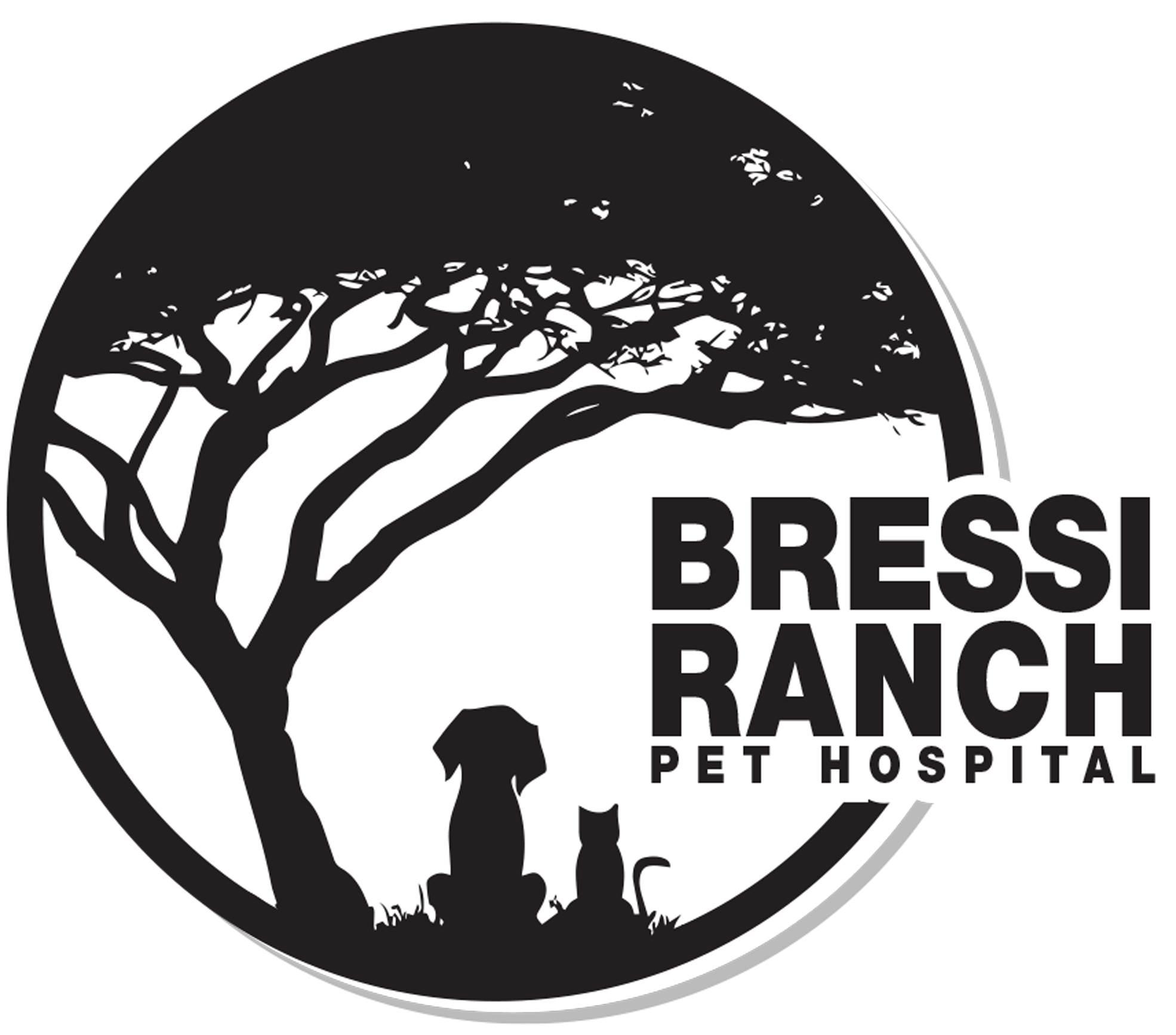Library
-
COVID-19 is a disease caused by the coronavirus SARS-CoV-2. Current evidence suggests that person-to-person spread is the main source of infection. While there is evidence of transmission from humans to dogs and cats, it does not appear common. If you suspect that you are ill with COVID-19, you should take the same precautions with your pet as you would with people.
-
A cough is an expiratory effort producing a sudden, noisy expulsion of air from the lungs. In cats, coughing is most often a sign of an inflammatory problem, affecting the lower respiratory tract, especially some form of bronchitis, often due to an infection. Heartworm infection, allergies, presence of foreign material within the airway, or irritation from inhaled liquids or gases can all be responsible for coughing and respiratory problems in cats. In order to diagnosis the cause, blood tests, laboratory cultures, endoscopic examination, and radiography may be performed. Treatment depends on the diagnosis and your cat's medical condition.
-
The traditional extracapsular lateral suture ECLS technique is the oldest surgical correction for cranial cruciate ligament (CCL) injury in dogs. The name of the procedure originates from the fact that the joint is stabilized outside the joint capsule (externally). CCL repair surgery typically begins with an initial examination of the inside of the knee. Both the traditional ECLS and the Tight Rope® procedures are considered extracapsular or external repairs of CCL injury. Both yield similar results with similarly low risks.
-
One of the most common injuries to the knee in dogs is tearing of the cranial cruciate ligament (CCL). When the cranial cruciate ligament is torn, surgical stabilization of the knee joint is often required. The development of tibial plateau leveling osteotomy or TPLO was a major advancement in the treatment of CCL rupture. Healing from TPLO surgery is generally rapid, with the dog resuming normal activities quickly.
-
One of the most common injuries to the knee in dogs is tearing of the cranial cruciate ligament (CCL). Several surgical techniques are currently used to correct CCL rupture. The TTA procedure is more commonly performed in dogs with a steep tibial plateau (angle of the top part of the tibia). Healing from TTA surgery is generally rapid and dogs resume normal activities quickly.
-
There are many ways we can change our dog's home environment to help them more easily move around and avoid injuries. This handout reviews some key points to improve your dog's comfort at home and on car trips.
-
Critical care patients in the hospital are at risk of becoming malnourished, and poor food intake can delay healing and recovery. When hospitalized patients don’t get adequate calories and nutrients, their cellular metabolic activities are disrupted. They can develop problems with medications - either with inadequate drug activity, or creating a relative overdose if drug elimination is slowed. Critically ill cats that are not eating well on their own can directly benefit from the nutrition support provided by a feeding tube.
-
Critical care patients in the hospital are at risk of becoming malnourished, and poor food intake can delay healing and recovery. When hospitalized patients don't get adequate calories and nutrients, their cellular metabolic activities are disrupted. They can develop problems with medications - either with inadequate drug activity, or creating a relative overdose if drug elimination is slowed. Critically ill dogs that are not eating well on their own can directly benefit from the nutrition support provided by a feeding tube.
-
Crofelemer CA1, also known as Crofelemer (brand name Canlevia®-CA1), is an antidiarrheal drug used to treat diarrhea caused by chemotherapy in dogs. Crofelemer CA1 comes in delayed release tablet form.
-
In veterinary dentistry, tooth repair or restoration that fully covers the tooth is called a crown. Crowns are used after root canal therapy or when enamel is not present due to wear or congenital disease. This article discusses how crowns are made and used in veterinary care. Under normal wear, and with special care, the crown should last for your dog's lifetime.
